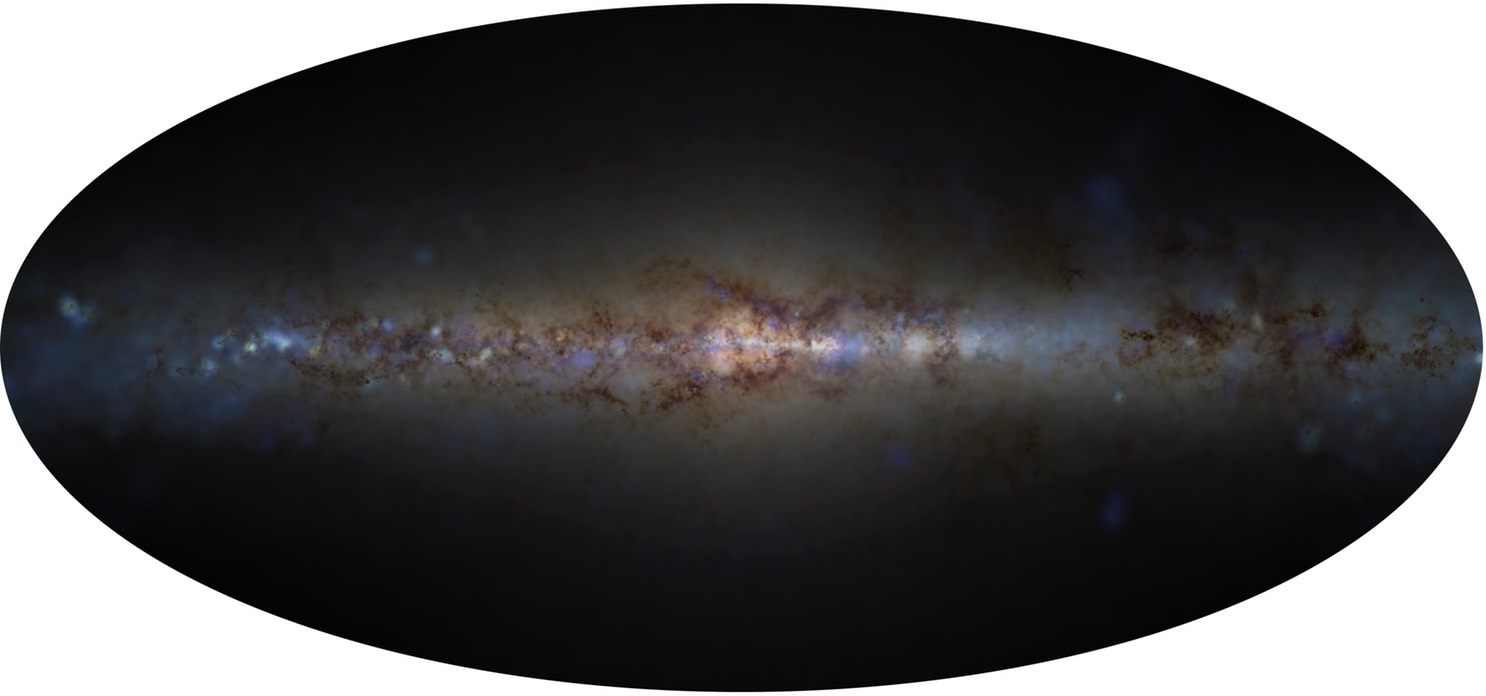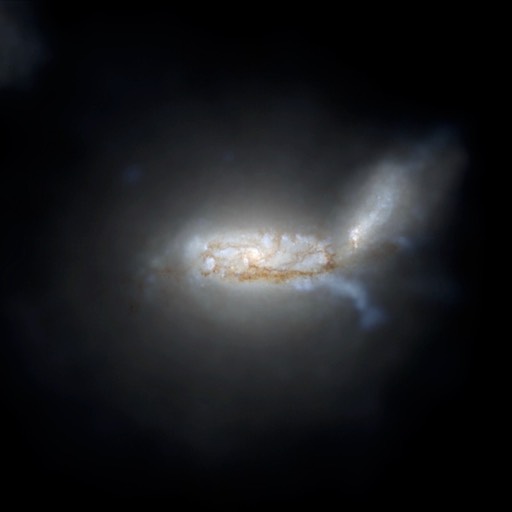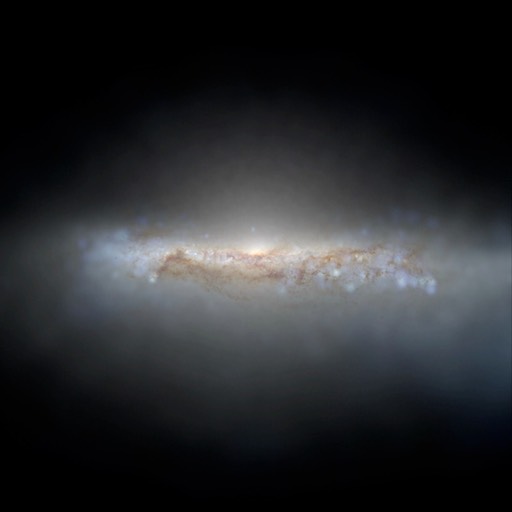Here is a video explaining the breakthroughs and new physics in our “Latte” simulations, the highest-resolution simulations of a Milky Way like galaxy that have ever been run to the present day, presented in Wetzel et al. 2016 (https://arxiv.org/abs/1602.05957)
For a more general-audience explanation, see the story here:
https://www.caltech.edu/news/recreating-our-galaxy-supercomputer-51995
But first, some pretty pictures: here’s the galaxy viewed “from within” (the image above is from another of our Latte simulations):

And here’s some edge-on and face-on images:
Flying Through A Galaxy: Merging with an LMC Analogue
This shows a mock three-color image (u/g/r bands) of what this galaxy would look like in visible light wavelengths. Blue regions are young star clusters which have blown away the gas and dust out of which they formed. Red regions are obscured by large amounts of dust. The duration of the movie follows the last billion years of cosmic time, and while time is passing we have flown a camera “through” the resulting galaxy, panning around it as well, so you can see the structure inside the system.
Flying Through A Galaxy: A “Calm” System Today
Like the previous movie, this shows a mock three-color image (u/g/r bands) of what this galaxy would look like in visible light wavelengths. Blue regions are young star clusters which have blown away the gas and dust out of which they formed. Red regions are obscured by large amounts of dust. Here we take a single frozen instant in time — present day — and we fly a camera “through” the resulting galaxy, panning around it as well, so you can see the structure inside the system. This is a different galaxy from the one before, one with a slightly calmer late-time history.

